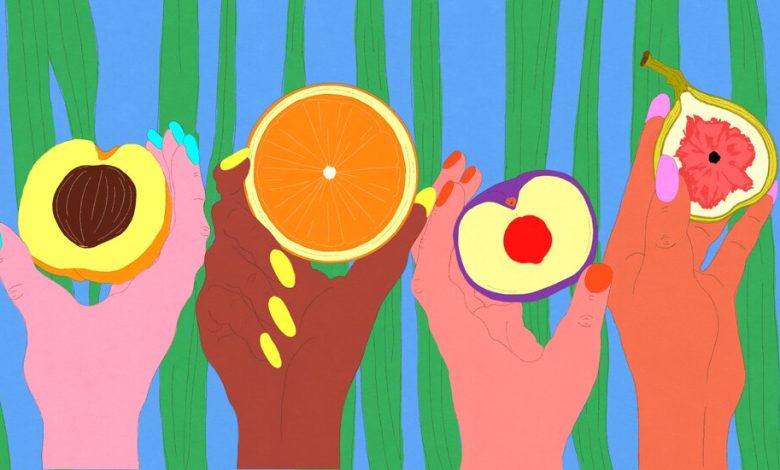‘Tits Up’ Aims to Show Breasts a Respect Long Overdue

TITS UP: What Sex Workers, Milk Bankers, Plastic Surgeons, Bra Designers, and Witches Tell Us About Breasts, by Sarah Thornton
It’s a testament to the sociologist Sarah Thornton’s central thesis — women’s breasts are unjustly sexualized, trivialized and condescended to — that I expected her new book, “Tits Up,” to be a light read. In fact, her impassioned polemic makes a convincing case that the derogatory way Western culture views tits (Thornton contrasts her chosen slang with the relatively “silly” and “foolish” boobs) helps perpetuate the patriarchy.
Breasts have been seen as “visible obstacles to equality, associated with nature and nurture rather than reason and power,” Thornton announces upfront. Over five, sometimes fascinating, sometimes frustrating chapters, each examining mammaries in a different context, “Tits Up” asks readers to reimagine the bosom, no matter its size and shape, as a site of empowerment and even divinity.
The author of a similarly discursive survey of the early 2000s art world, Thornton arrived at her new topic not entirely by choice. In 2018, after one too many stressful biopsies, she underwent a double mastectomy. But neither a fraught origin story nor Thornton’s argument that women are unfairly restrained by their mammalian status prevents “Tits Up” from being funny, too. Keen to make peace with her larger than expected implants — Thornton had requested more modest “lesbian yoga boobs” — she names her new pair Ernie and Bert.
The three of them soon hit the research road.
First stop: the Condor, a historic strip club in San Francisco, where Thornton interviews a racially and size-diverse group of strippers, who paint a relatively sunny portrait of a notoriously sleazy industry. Additional interviews with feminist sex activists and performance artists such as Annie Sprinkle — if you’re in need of a good laugh, Google “Bosom Ballet” — lead Thornton to conclude that, even when breasts are targets of overt objectification (after all, most patrons of topless bars are male), they might be thought of less as “sex toys” than as “salaried assistants.”
Feminists have been fighting about what’s now known as “sex work” for as long as feminism has been around. Thornton comes down squarely on the side of the workers. But she goes further than that. “I think the most fundamental issue inhibiting women’s autonomy — our right to choose what we do with our bodies — is the state’s policing of sex work,” she writes. “If some women can’t sell their bodies, then none of us actually own our bodies.” Reading these lines, I admit my first thought was, Huh? Should women’s ability to prostitute themselves really be the measure of our liberation?



